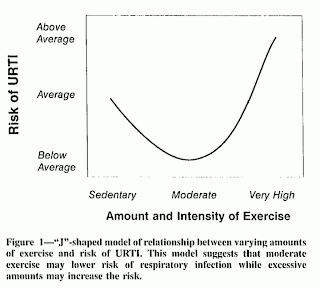Active Voice: Understanding the Use of Antioxidant Supplementation with Exercise
By Allan Goldfarb, Ph.D., FACSM, FNAK
Viewpoints presented in SMB commentaries reflect opinions of the authors and do not necessarily reflect positions or policies of ACSM.
There is a great deal of conversation surrounding antioxidant supplementation and the potential need for these substances. There are numerous advertisements on the market for antioxidant vitamins and for packaged items touting that they contain antioxidants. The idea that antioxidants are necessary comes from the concept that they protect the body against harmful substances known as reactive oxygen species (ROS), or radicals. These radicals are typically molecules with an unpaired electron. Because they have a negative charge, they seek a balance and typically react with other molecules. This interaction often changes the affected molecules and could damage them. However, we now know that these ROS are important signaling molecules that help direct cellular action.
The initial studies conducted with exercise tried to establish if there was a resulting increase in these ROS or their byproducts in either blood or muscle. This was indeed the case, depending on the intensity and duration of the exercise, but results may differ based on the type of exercise employed. Numerous studies have subsequently researched the effectiveness of antioxidant supplementation to reduce the increase in these ROS or their byproducts to these same exercises. The results from these studies are not consistent, and these inconsistencies appear to be influenced by the type and/or dose of antioxidant used and the timing of supplementation. However, most of the studies have shown some positive results in the reduction of ROS (or byproduct) accumulation but little change in functional measures, such as altered force, improved performance and fewer injuries. Our recent findings reported that intake of antioxidants to prevent accumulation of ROS byproducts in the blood did not change the loss of force or range of motion after subjects performed a damaging eccentric exercise bout (delayed onset muscle soreness). This study supports the concept that one can separate out this modest change in ROS from the actual processes associated with muscle breakdown to eccentric exercise.
Other recent evidence has reported that taking antioxidant vitamin supplementation may interfere with some of the important adaptations that occur with exercise training. It was recently reported that the adaptations to up-regulate the antioxidant defense system was inhibited by taking antioxidant vitamins during the training program. In addition, taking antioxidant vitamins was noted to prevent training-induced enhanced glucose transport into the cells. Therefore, it is strongly suggested that we think twice about taking antioxidant supplements routinely. There appear to be only modest gains from this, and perhaps some important losses may even occur, as ROS are important signaling molecules to help the body adapt to the overload of exercise training. Also, more studies are clearly needed to establish if naturally occurring antioxidants in our foods (e.g. polyphenols) would have the same beneficial inhibitory effects as observed with the antioxidant vitamins.
In conclusion, if you have a well-balanced diet and if you exercise routinely, you probably do not need antioxidant supplementation. If your diet is not well-balanced, consider adding enough fruits and vegetables to obtain your natural antioxidants.

